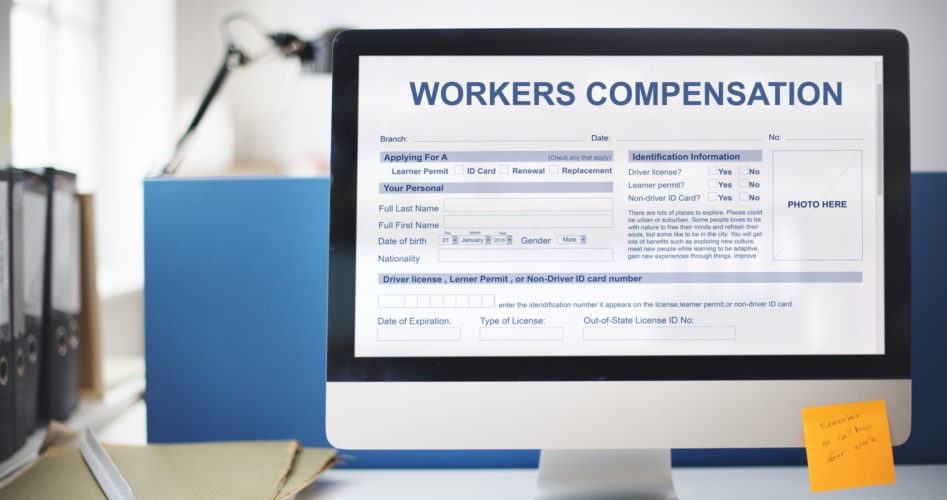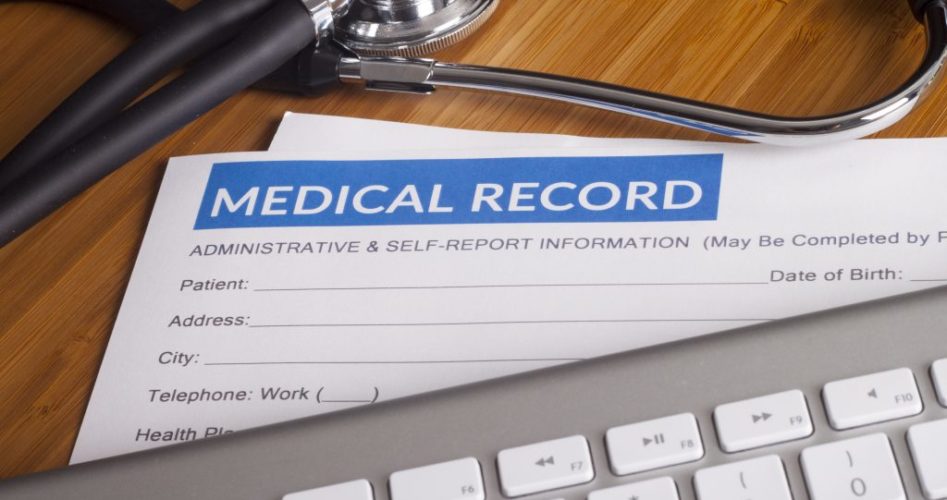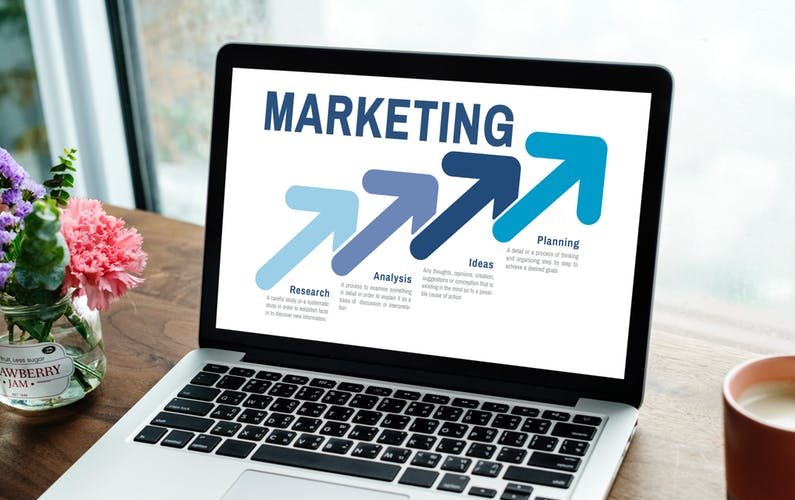Workers’ Compensation Meaning: A Guide With Everything to Know
Over 140,000,000 employees are covered by their employer’s worker’s compensation plans. These plans are available for almost 94% of all people currently employed in the United States. Unless you have been injured on the job, you may not understand worker’s compensation meaning or how it works to protect millions of people in the workplace.
If you’re uncertain about worker’s comp laws, read on. This guide to worker’s compensation will help you understand what it means, what it covers, and how it can benefit you whether you are hurt on the job or the owner of the company.
Worker’s Compensation Meaning
Worker’s compensation insurance is purchased by employers to cover employees who become injured on the job. The insurance bears the liability for the employee’s medical costs similar to the way an automobile insurance policy covers the owner of a car after an accident.
Worker’s compensation protects the employee by paying medical bills that arise from a workplace injury. Worker’s compensation will pay surviving family members if the injury results in a fatality. This is important because an employee’s private insurance will not pay for any bills it considers work-related.
Worker’s compensation also protects the employer from being personally sued for the costs of the injury. An employer is protected from work-related injury lawsuits unless:
- the employer’s worker’s compensation insurance isn’t enough to pay for the injury
- The employer can be proven to have deliberately caused the injury through willful negligence
- The employer’s actions directly caused the injury
Employers can purchase the policy from a third-party agency or fund the insurance themselves, becoming “self-insured.”
Worker’s Compensation Laws
Worker’s comp benefits will vary from state to state. Typically, three benefits are required by these worker’s compensation laws:
Lost Wages
Worker’s compensation will ensure the employee continues to draw a paycheck while off injured. This benefit may cover wages lost from a secondary job as well. The employee will be considered for short-term disability, meaning they will return to work within a reasonable amount of time, or long-term disability, meaning that they will be off of work for a longer time.
Medical Bills
Worker’s compensation will cover all medical bills incurred because of the workplace injury. This includes doctor and emergency room visits, prescriptions, rehabilitation, physical therapy, and specialized equipment.
Disability
The employee may qualify for a lump sum of money if the injury is expected to be debilitating. The amount of money received will be directly related to how much the injury is expected to affect the employee in the future.
OSHA
The Occupational Safety and Health Act (OSHA) is a set of standards set in place to protect workers. Employers are obligated to report the injury on an OSHA form. If the accident is found to be caused by an OSHA violation, the employer could be held accountable and fined.
Federal Laws
Each state has guidelines for worker’s compensation, meaning that the laws will be different depending on where the business is located. There are some laws, however, that are federally governed. These are very specific for the occupation of the workers.
Some of these federally mandated worker’s compensation occupations include those employees working in the nuclear weapons industry, railroad workers, and civilian federal employees.
Who Needs Worker’s Compensation Insurance?
Employers will be required to have worker’s compensation insurance based on the number of people employed. In some states, it is needed for three or more employees. Other states may require it for only one employee.
Some industries are considered high risk. These industries will most likely require worker’s compensation insurance no matter how many people are employed at the company. Some of these high-risk professions include:
- Construction
- Hospital employees
- Police work
- Truck drivers
The costs of worker’s compensation insurance will depend on the size of the company and how much the company spends on its annual payroll. Business owners consider worker’s compensation a business expense, and the price paid for the premiums can be tax write-offs.
For most employers, the benefits and protections of buying worker’s compensation insurance far outweigh the costs.
Filing a Worker’s Compensation Claim
If an employee is injured on the job, a worker’s compensation claim must be filed. The supervisor on duty at the time of the incident is responsible for gathering all of the information to file a new claim for the injury.
It’s important to notify the supervisor immediately, as any delays in reporting the incident may cause the claim to be denied. If possible, take pictures or find a witness to the incident to support the claim.
An employee should always seek medical attention as soon as possible after the injury. Putting off a doctor’s visit may end up in a denial of the claim. Because some injuries take a while to show up, it’s advisable to go to the doctor whether the employee complains of pain or not.
Both the employer and the employee should keep written documentation of all communications between the supervisor, the worker’s comp representative, and the employee. This ensures sure all parties are getting the information needed to move forward on the claim.
Worker’s compensation insurance can be tough to navigate as an injured worker. These companies will try to find ways to keep from paying the claims. Many people choose to hire an attorney to handle their worker’s compensation claims.
Worker’s Compensation Fraud
Both employers and employees can be guilty of worker’s compensation fraud.
Employers can commit fraud by downgrading the hazards faced by employees to pay less in insurance premiums, not purchasing insurance, or filling out fake safety inspections.
Employees commit fraud by reporting off-duty injuries they experienced, reporting a fake injury, claiming an injury is worse than it is and working a second job while injured.
Fraud is taken very seriously for cases involving worker’s compensation, meaning that if someone is caught they may be fined and can even serve jail time. Some companies will hire a private investigator to follow an employee suspected of fraud.
Now that you understand how worker’s compensation works, check out some of our other posts for more helpful information and guides.









